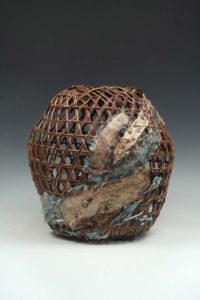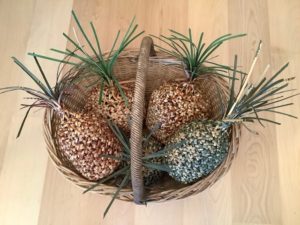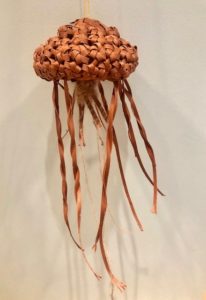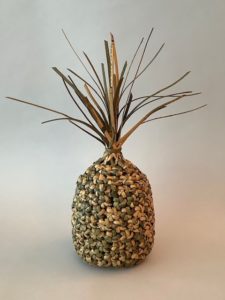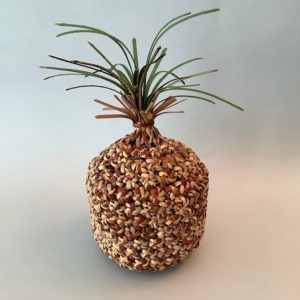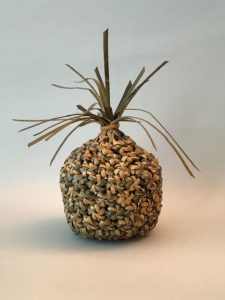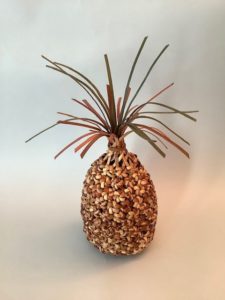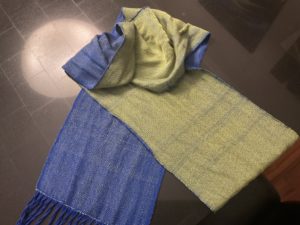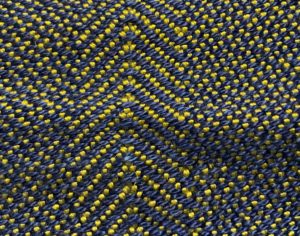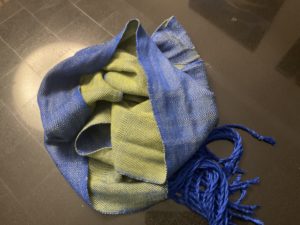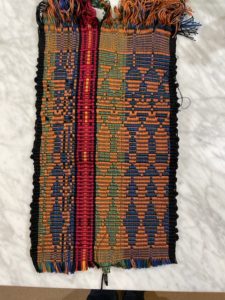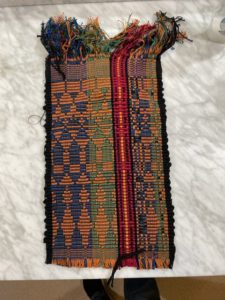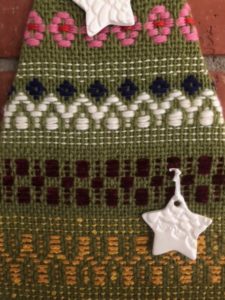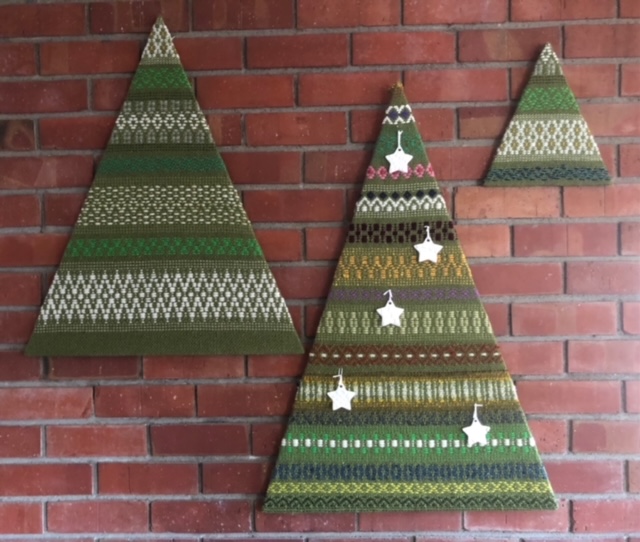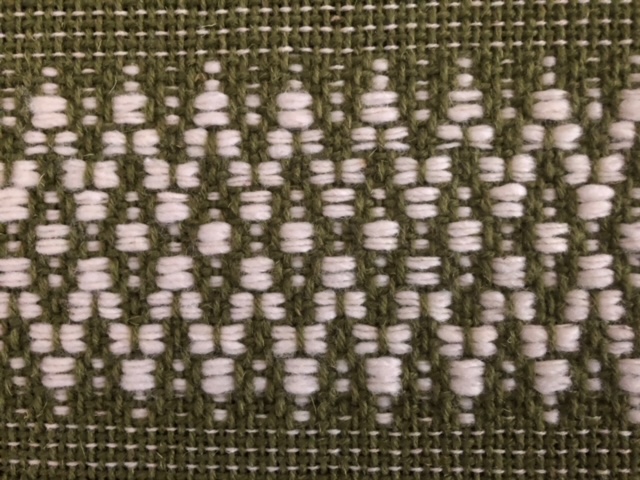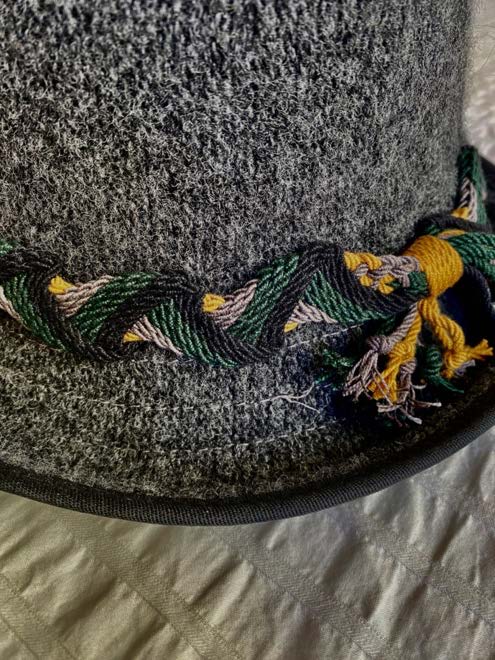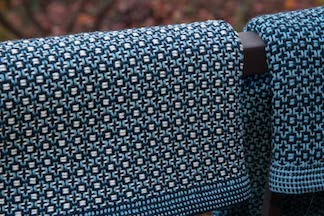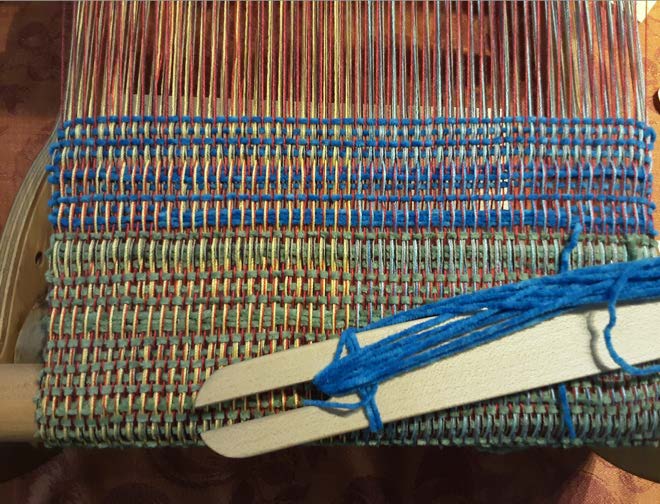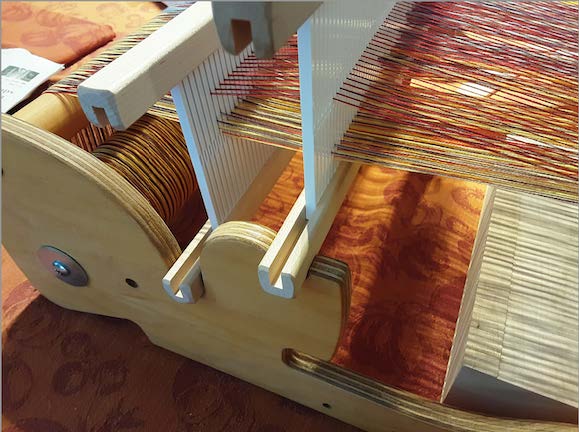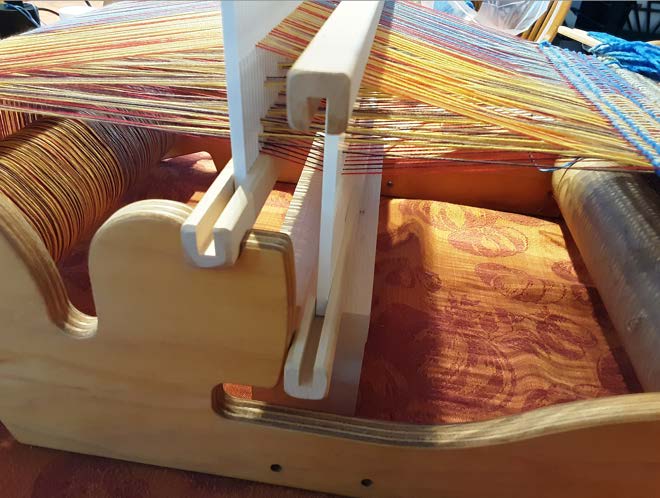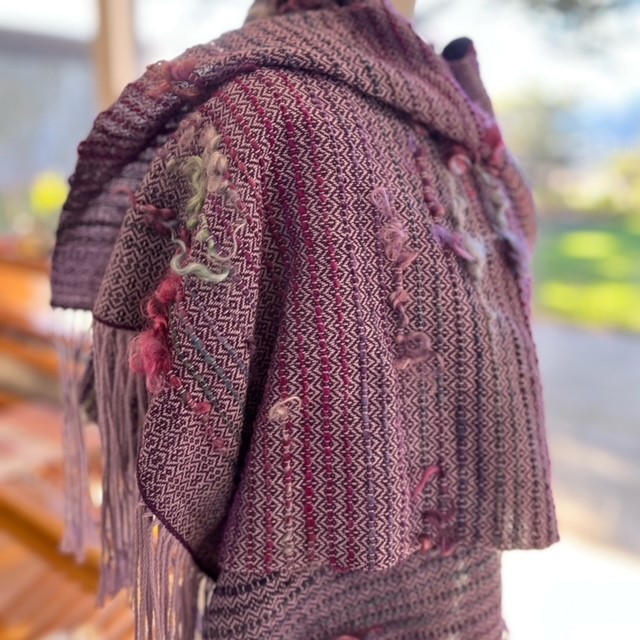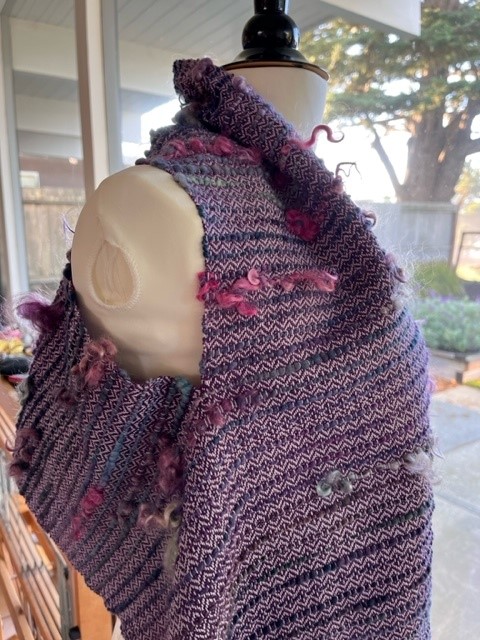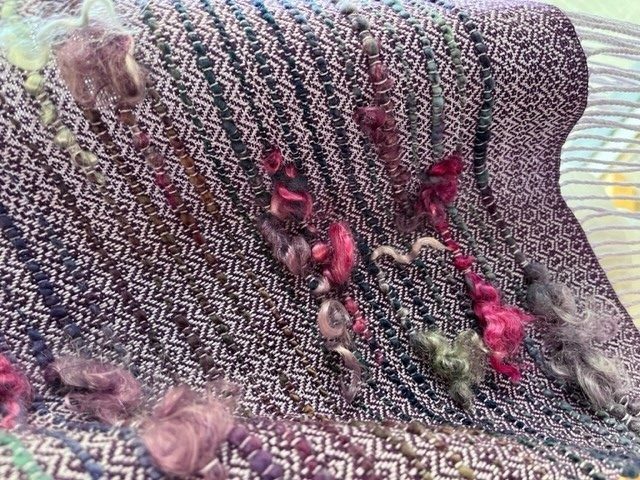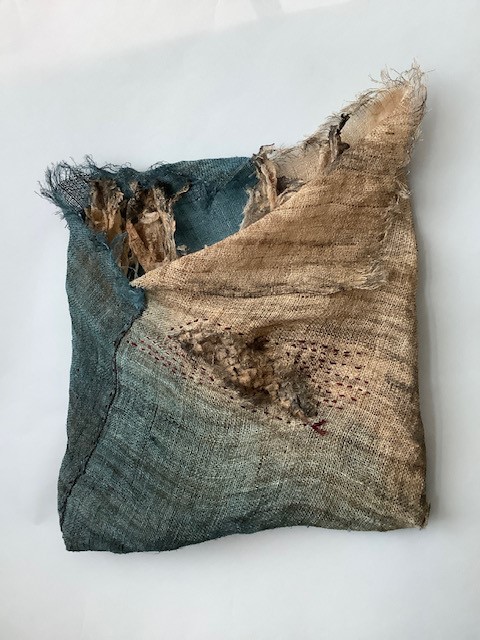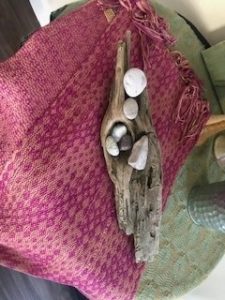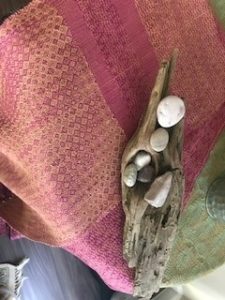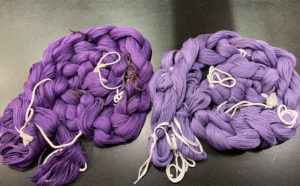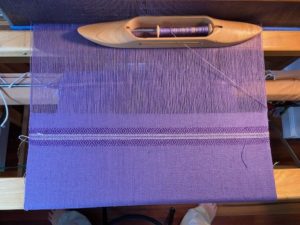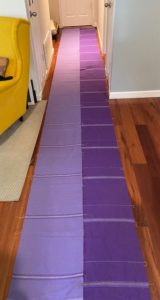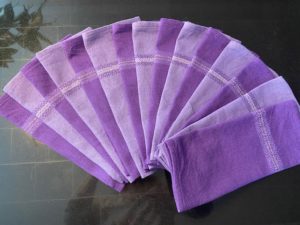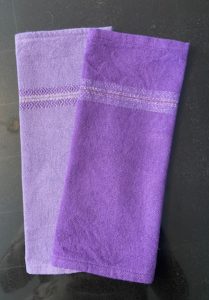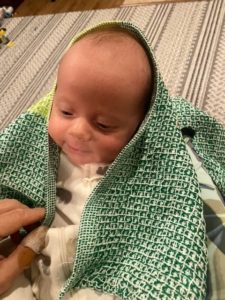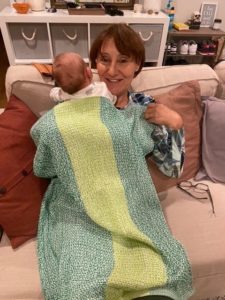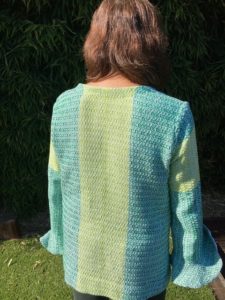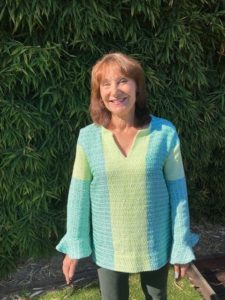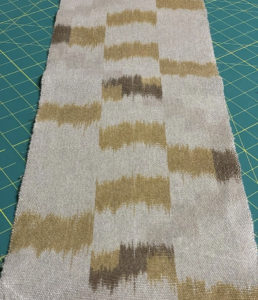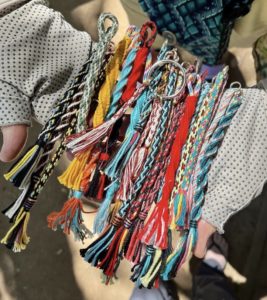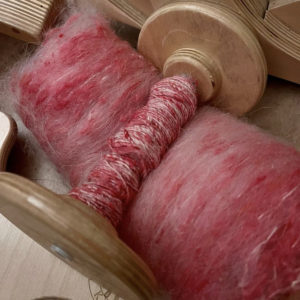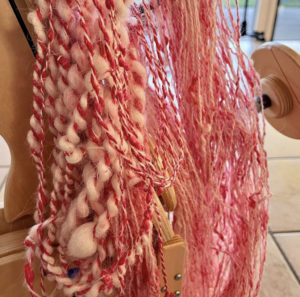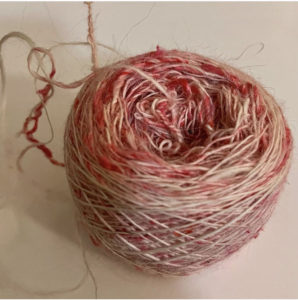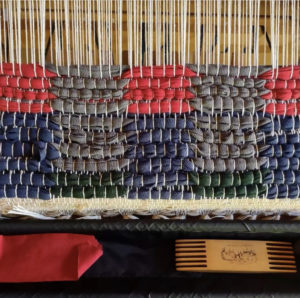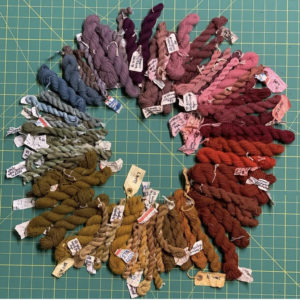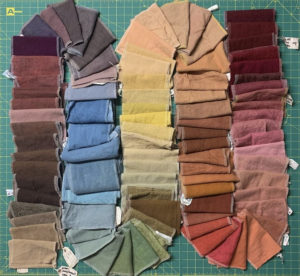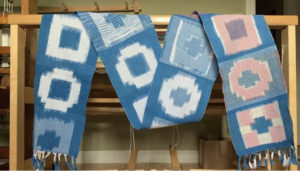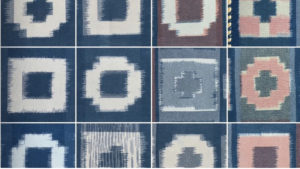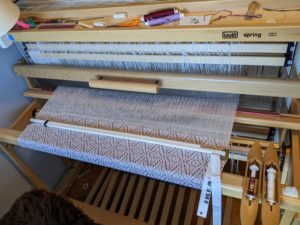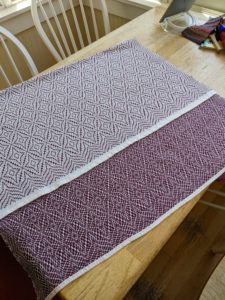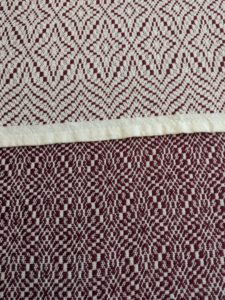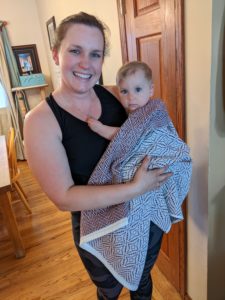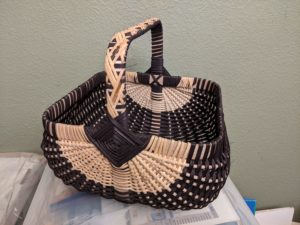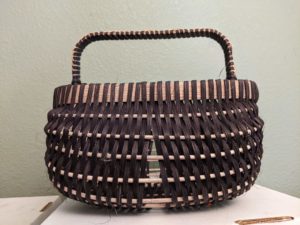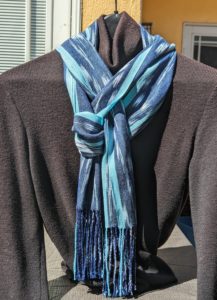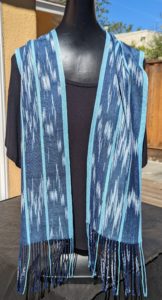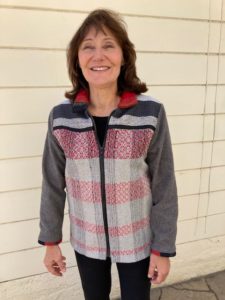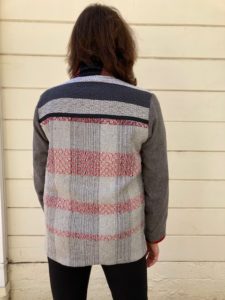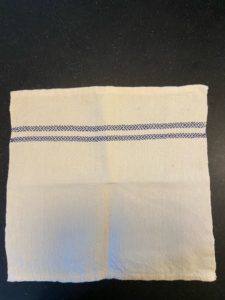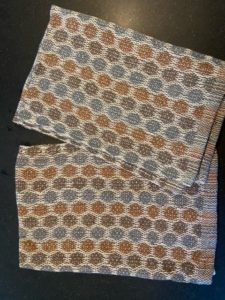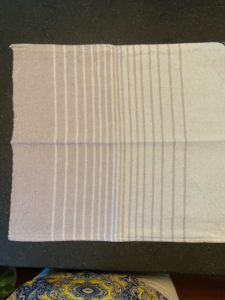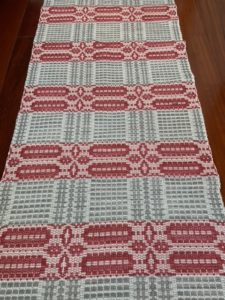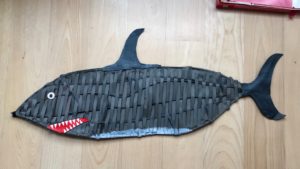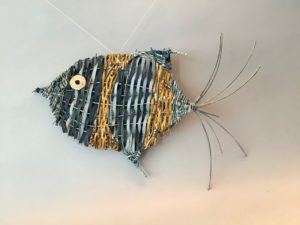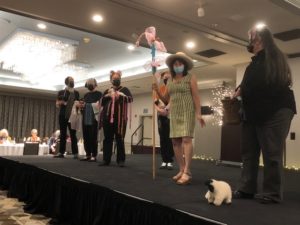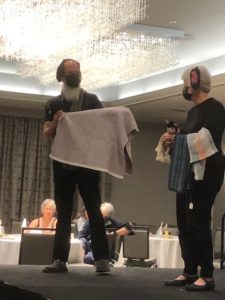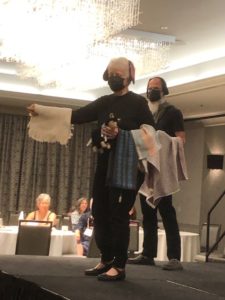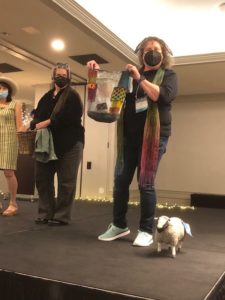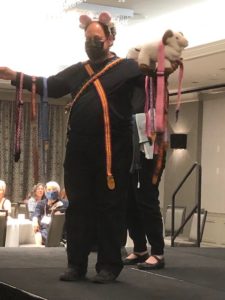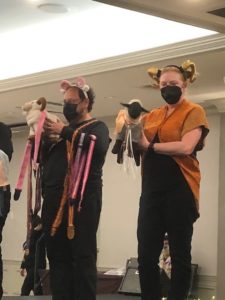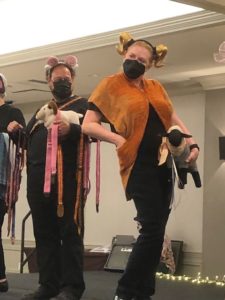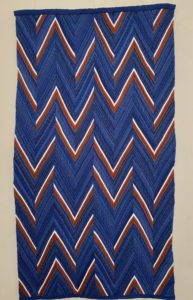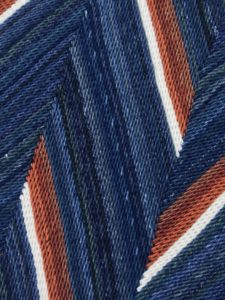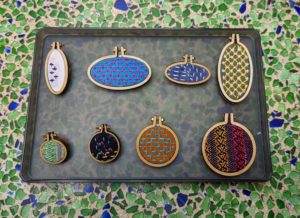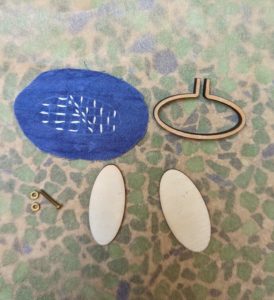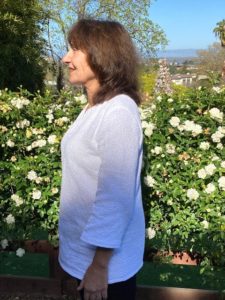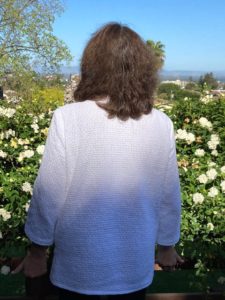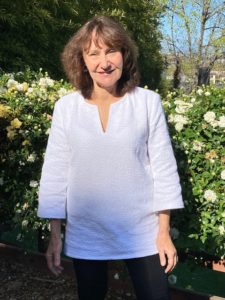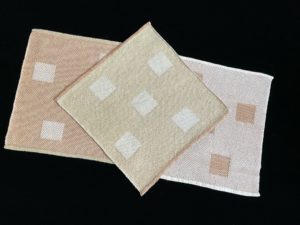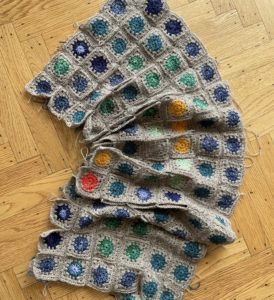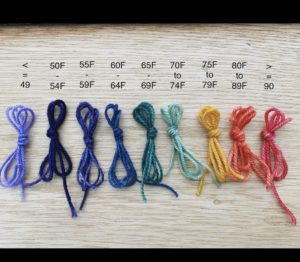Barbara
Quick update on three new exhibits that I want to share with you in a timely manner.
Pulp: Book and Paper Arts will feature my Faulty Towers: Night and Day, a plaited paper
sculptural pair made of shredded artist prints. Inspired by the SF Millennium Tower that is
sinking on its foundation, this work also refers to the many things that are faulty in our society today. If you look closely, you can see the faces of little children. It is for their sake that we need to fix our world. My work is featured on the postcard and on the website.
https://www.sebarts.org/exhibits The exhibit at the Sebastopol Center for the Arts runs from July 30 – September 4, 2022. This work just won first prize in the exhibit at the opening July 30th. Nice surprise for me.
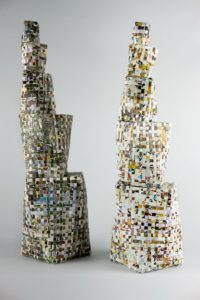
Faulty Towers: Night and Day, 2020, plaited shredded artist prints.
Traditions Evolve is sponsored by the Northern California Chapter of Surface Design and will include a sculptural basket from my newest series Welcome Pineapple 236. The exotic
pineapple was a symbol of welcome in wealthy homes in Europe and the Colonies. My work acknowledges the human capital of colonization that made the display of this luscious fruit possible. The form is built with 236 plaited cane flower knots on a hemp leaf plaited base.
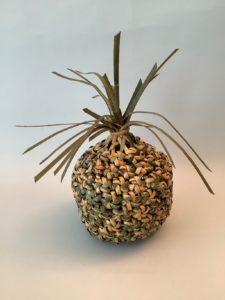
Welcome Pineapple 236, 2022, flower knot plaiting in dyed cane on a hemp leaf plaited base, twined top pieces
The exhibit will soon be available on the Surface Design website.https://www.surfacedesign.org/events-exhibits/exhibits/
Every 1 is an inclusive exhibit sponsored by the National Basketry Organization.
My Welcome Pineapple 236 will also be featured here. You can view it online at the NBO website after the opening reveal at NBO’s conference Virtually Woven 2022: Crossing Boundaries July 28 to 30, 2022. The exhibit will remain online until December 31, 2022, and it includes a large collection of the best of contemporary and traditional basketry being made today, one piece by each artist. It is worth taking time to peruse this site! https://nationalbasketry.org
I wish you all good health and much joy as you navigate the rest of summer 2022.—
Barbara
Archana
Working on CNCH workshop project, Falling Stars pattern. I had a false start but on track
now.
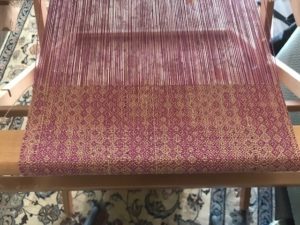
Falling Stars pattern on the loom
Archana
Ange
I’ve been wanting to try some rug weaving, so when my darling husband declared we needed a rug of a certain size and material, I browsed the library looking for inspiration and guidance. I settled on A Rug Weaver’s Sourcebook, edited by Linda Ligon, and following directions in the book, wove this rep rug. I used 8/4 poly cotton rug warp sett at 30 EPI with 4 strands of mop cotton as the thick weft. Those of you who have talked weaving with me recently are aware of the many issues I’ve had with it, but I’ve learned a lot and I love the rug. The book is a “compilation of weaving techniques”, and is more of a how-to book than a book of projects, and covers a number of techniques, with a lot of focus on weft faced and rag rugs. Especially helpful was advice on how to keep your loom from walking across the room! I want to try the card woven edges on my next rug; the appendix article by Martha Stanley clearly explains how it’s done; I’ve watched Gudrun demo this, but have not yet tried it myself.
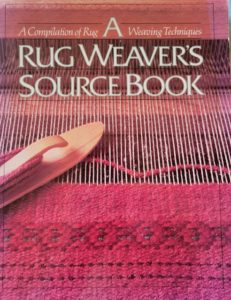
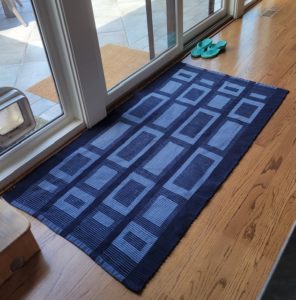
— Ange Mirer, Guild Librarian
